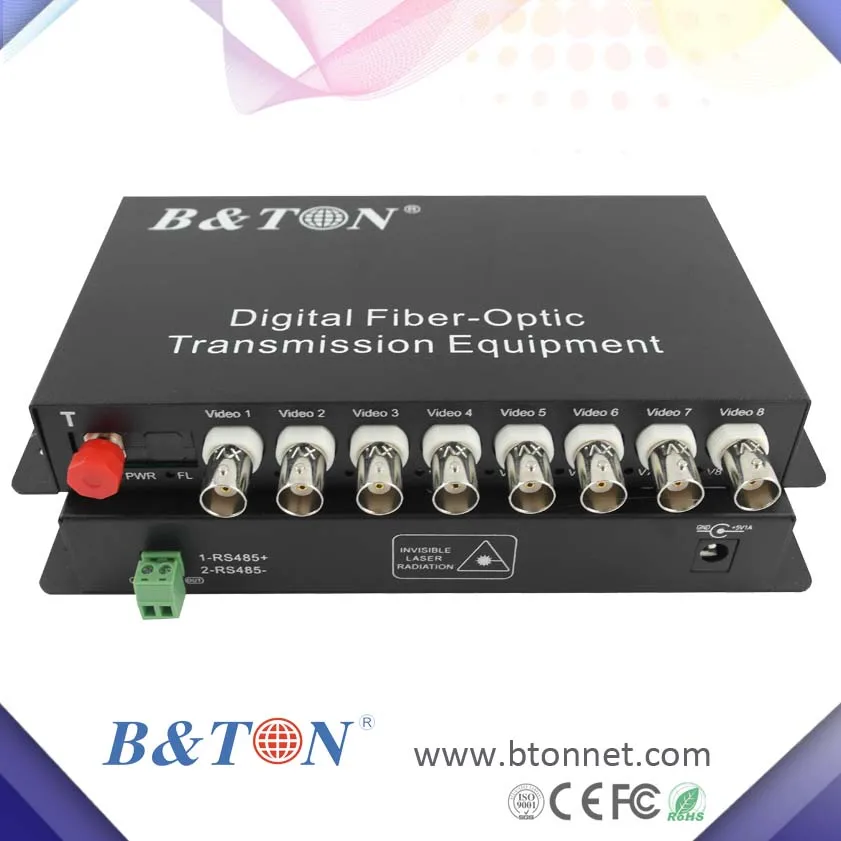

There is an absolute chance of misrepresenting the input signal on the output side if it is sampled at a different frequency than the desired one. Suppose if the signal is about 0-5V and we have used 8-bit ADC then the binary output of 5V is 256. Thus, bit rate or quantization gives the smallest output change in the analog signal value that results from a change in the digital representation.

we will get a better precision of the signal. If we increase the bit rates like 6, 8, 12, 14, 16, etc. This results 1/8=0.125V is called as minimum change or quantization level represented for each division as 000 for 0V, 001 for 0.125, and likewise upto 111 for 1V. Therefore, a total of 2^3=8 divisions are available for producing 1V output. Analog to Digital Conversion ProcessĪssume that one-volt signal has to be converted from digital by using 3-bit ADC as shown below. Bit rate decides the resolution of digitized output and you can observe in the below figure where 3-bit ADC is used for converting the analog signal. The below figure depicts how analog to digital conversion takes place. These are quantization level or bit rate and sampling rate. In ADCs, two factors determine the accuracy of the digital value that captures the original analog signal.
How an bnc analog to digital video converter series#
The ADC converts the output data into a series of digital values by approximates the signal with fixed precision. In each cycle, the ADC gets the analog signal, measures it, and converts it into a digital value. Pin11 to 18 are data pins from MSB to LSB.Īnalog to Digital Converter samples the analog signal on each falling or rising edge of the sample clock. Pin3 is a Write – Low to high pulse is given to the external clock. Pin2 is the input pin – High to low pulse brings the data from the internal register to the output pins after conversion. A suitable RC circuit is connected between the clock IN and clock R pins to use the internal clock. An external clock can be given to CLK IN pin no.4. The time taken to convert the analog to digital value depends on the clock source. It can take only one analog signal as input. It is an 8-bit converter with a 5V power supply. The objective of an A/D converter is to determine the output signal word corresponding to an analog signal. These converters find more applications as an intermediate device to convert the signals from analog to digital form, display output on LCD through a microcontroller. There are many methods to convert analog signals to digital signals. The time taken for the entire conversion can be done within a microsecond. So this is the entire method to change an analog signal to digital using an ADC. So it is required to change the signal from digital to binary with the help of an encoder. We know that a digital device works by using binary signals. The final block in ADC is an encoder that converts the signal from digital form to binary. Now, the signal will be in digital form because it includes discrete amplitude as well as time. The value of continuous amplitude within hold block moves throughout quantize block to turn into discrete in amplitude. The main function of this is to convert the amplitude from continuous (analog) into discrete. In ADC, this is the third block which is mainly used for quantization. So the value of hold doesn’t change until the next sample. In ADC, HOLD is the second block and it doesn’t have any function because it simply holds the sample amplitude till the next sample is taken. The process of ADC can be done like the following. The block diagram of ADC is shown below which includes sample, hold, quantize, and encoder. Classification of ADCs based on factors like performance, bit rates, power, cost, etc. Dynamic characteristics of the high-performance ADCs are improved measurement repeatability, low power consumption, precise throughput, high linearity, excellent Signal-to-Noise Ratio (SNR), and so on.Ī variety of applications of the ADCs are measurement and control systems, industrial instrumentation, communication systems, and all other sensory-based systems. With the invention of a wide variety of ADC integrated circuits (IC’s), data acquisition from various sensors becomes more accurate and faster. One of the major benefits of ADC converter is the high data acquisition rate even at multiplexed inputs. Bit resolution is nothing but how much accuracy can an analog to digital converter can convert the signal from analog to digital.The sample rate of an ADC is nothing but how fast an ADC can convert the signal from analog to digital.


 0 kommentar(er)
0 kommentar(er)
